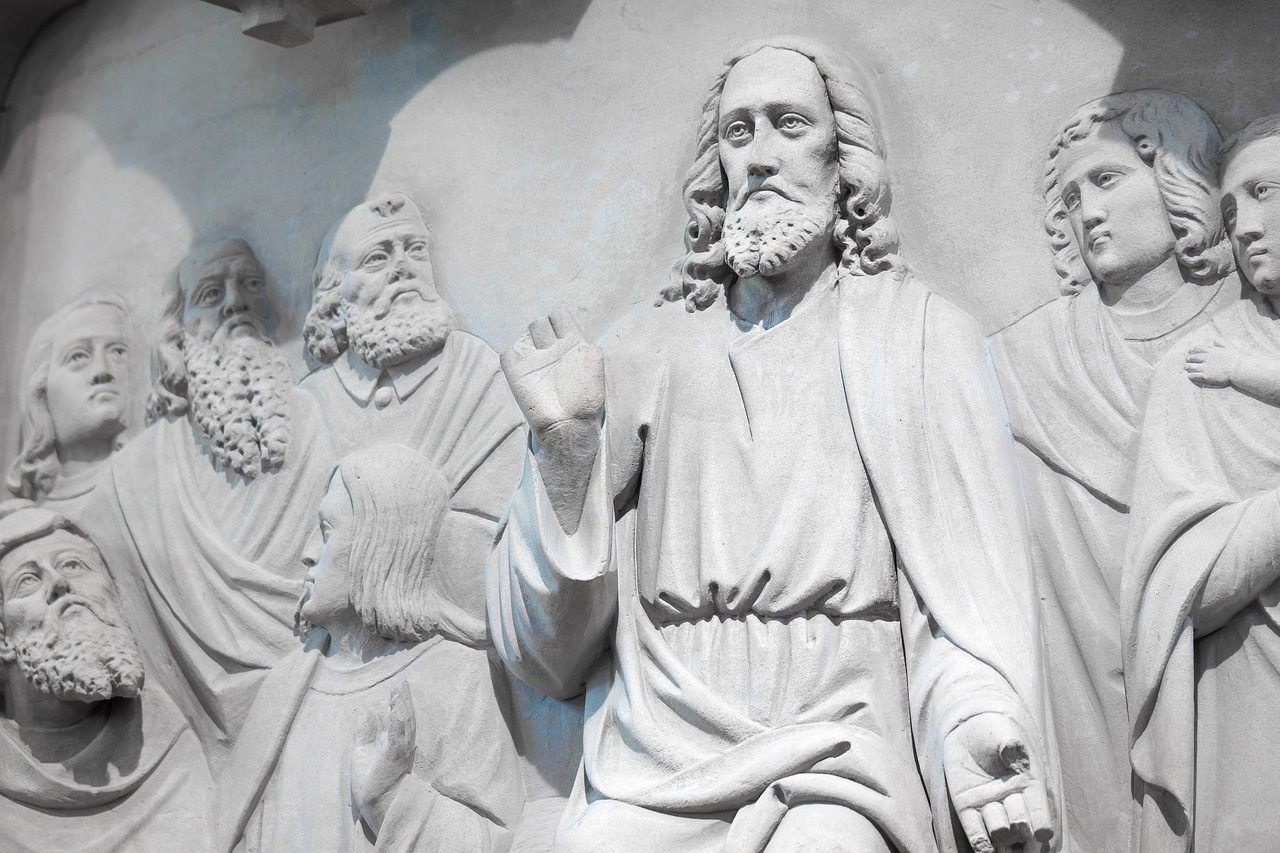9 Teaching Methods Of Jesus
In the realm of education, there are countless teaching methods that have been developed and employed over the years. However, taking a step back and examining the teachings of Jesus sheds light on a unique perspective. From a Catholic standpoint, this article delves into the 9 teaching methods of Jesus.
Through his parables, storytelling, and powerful rhetoric, Jesus captivated his audience and conveyed profound messages in a way that resonated with people from all walks of life. By exploring these methods, we can gain insights into not only effective teaching practices but also the timeless wisdom and teachings of Jesus.
Storytelling
Storytelling is a powerful teaching method that Jesus often used to convey his messages. By sharing parables and stories, he engaged his followers and made his teachings more relatable and understandable. These stories had deeper meanings and moral lessons embedded within them, allowing his audience to reflect and draw their own conclusions. Jesus knew that stories have the ability to captivate our hearts and minds, making them a highly effective tool for teaching important truths and principles.

Humility and Servanthood
One of the key aspects of Jesus’ teaching method was his emphasis on humility and servanthood. Despite being a religious leader, he constantly modeled humility by serving others and treating everyone with respect and kindness. Instead of exerting his authority or flaunting his knowledge, Jesus chose to approach people with a humble heart, listening to their needs and offering support. This approach not only earned him respect and trust but also created an environment where his teachings could be received with an open mind and heart.
Asking Questions to Encourage Critical Thinking
Jesus was a master at asking thought-provoking questions to encourage critical thinking among his followers. Instead of simply delivering information, he often posed questions that challenged the status quo and required his listeners to reflect on their beliefs and actions. By encouraging his disciples to think deeply about their faith and understanding, Jesus fostered a sense of intellectual curiosity and personal growth. This method not only helped his followers to internalize his teachings but also empowered them to develop their own opinions and convictions.
Building Relationships and Personal Connections
One of the most remarkable aspects of Jesus’ teaching was his ability to build strong relationships and forge personal connections with his disciples. He took the time to know each individual, understanding their unique strengths, weaknesses, and backgrounds.
This personalized approach allowed Jesus to tailor his teachings to the specific needs of his followers and connect with them on a deeper level. By establishing trust and genuine care, he was able to create an environment where his teachings were received with openness and receptiveness.
Using Parables
Parables were a central part of Jesus’ teaching method. These short stories or analogies were used to illustrate complex spiritual truths in a way that his audience could easily understand. By using everyday situations and relatable characters, Jesus made abstract concepts more concrete and relatable.
Parables allowed his listeners to engage their imagination and extract deeper meaning from the story, facilitating a higher level of comprehension and retention. The timeless lessons embedded in these parables continue to impact and inspire individuals to this day.

Modeling and Demonstrating
Jesus believed in leading by example, and his teaching method often involved modeling and demonstrating the principles he taught. He exemplified the values and behaviors he expected his followers to embrace, showing them firsthand how to live a life of love, compassion, and righteousness.
Whether it was through acts of kindness, healing the sick, or forgiving those who wronged him, Jesus consistently demonstrated the transformative power of his teachings. By showing rather than just telling, he made his message more tangible, memorable, and compelling.
Using Analogies and Metaphors
Analogies and metaphors were a powerful tool in Jesus’ teaching repertoire. He frequently used relatable comparisons to help his listeners grasp abstract concepts and principles. For example, he compared the Kingdom of God to a mustard seed, highlighting the potential for incredible growth from humble beginnings.
By incorporating analogies and metaphors, Jesus was able to simplify complex ideas and make them more accessible to his audience. These vivid illustrations not only captured the attention of his followers but also left a lasting impact on their hearts and minds.
Engaging in Dialogue and Debate
Jesus was not afraid to engage in dialogue and debate with both his disciples and those who held opposing views. He welcomed questions, challenges, and differing opinions, creating opportunities for meaningful discussions. Through these interactions, Jesus encouraged his listeners to think critically, defend their beliefs, and consider alternative perspectives.
He used dialogue as a means to strengthen faith, expand understanding, and promote growth. By engaging in respectful and thought-provoking conversations, Jesus demonstrated the importance of intellectual stimulation and open-mindedness.
Providing Practical Examples and Experiences
Jesus often provided practical examples and shared his own experiences to drive home his teachings. He understood the power of real-life situations to reinforce important lessons and make them more relatable.

Whether it was through stories of healing, acts of compassion, or instances of forgiveness, Jesus showed his followers how to apply his teachings in their everyday lives. By grounding his teachings in practicality and personal experiences, Jesus made it clear that faith was not just a theoretical concept but something to be lived out in the real world.
Using Symbolism and Rituals
Symbolism and rituals played a significant role in Jesus’ teaching method. Through the use of symbolic actions, such as the Last Supper or the washing of feet, Jesus communicated profound spiritual truths. He used these rituals to engage his followers on a deeper level and create memorable experiences that would leave a lasting impact.
Symbolism and rituals served as powerful teaching tools, allowing Jesus to convey complex concepts and emotions in a tangible and meaningful way. In doing so, he invited his disciples to participate in the teachings and actively integrate them into their lives.
In conclusion, Jesus employed a variety of teaching methods to effectively communicate his messages and inspire his followers. From storytelling and humility to asking questions and engaging in dialogue, he utilized a range of techniques to foster understanding, personal growth, and transformative change. Jesus’ teaching methods continue to resonate and influence individuals across the world, offering timeless lessons on how to engage, connect, and impart wisdom to others.






